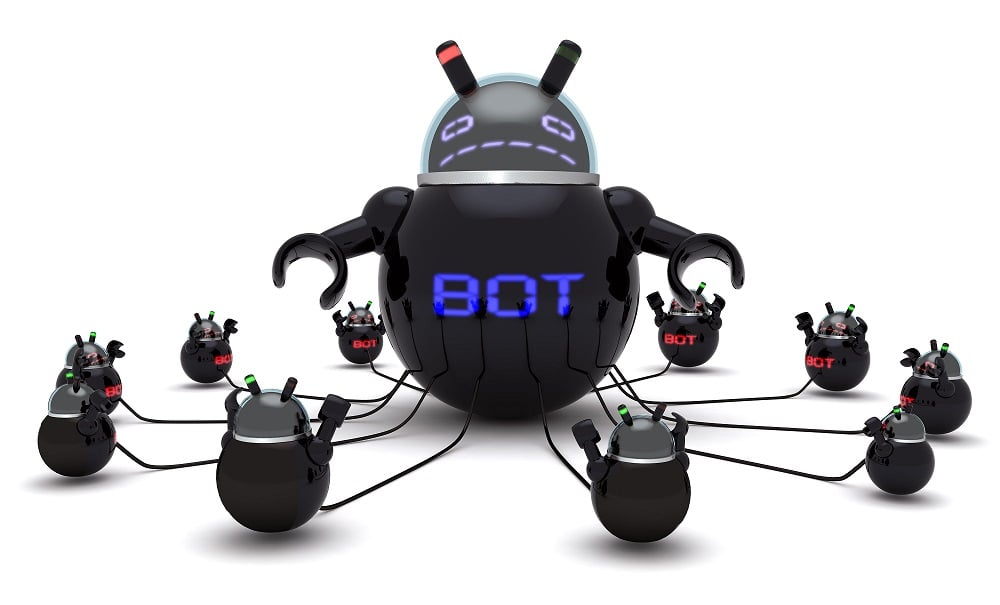There’s a high chance that if you’re reading this, you might be one among many that many cybercriminals love. Sounds very vague and generic, doesn’t it? After all, why would a cybercriminal want to target plain old you? Actually, they just want to add your stuff to their botnet!
The Internet today is so readily available to almost anyone that we generally look at broadband penetration rather than just Internet penetration. Broadband penetration is how much of the population has access to high speed Internet.
Thanks to this, the Internet has become rather similar to the real world, in which resides the good, the bad and the ugly. And thanks to the Internet, whether you reside in Manhattan or Chicken, Alaska, you’re now available as a target.
For many of us the same thought might be running through your mind right now; I’m so broke I don’t even have two dimes to rub together, what would a cybercriminal want me for? Let’s make things more specific then. They don’t really want YOU, they want your computer and Internet line. Or rather, they want to make use of those things without you knowing it.
Introducing the Botnet
You might have heard of events that happen around the globe such as major websites getting hit by cyberattacks to the extent they are shut down. Sure, if it’s just CNN, who cares right? Then these attacks hit Twitter… and Netflix… and more.
Here’s a small example. A hacker group named Lizard Squad once used a botnet to launched distributed denial of service (DDoS) attack that crushed Microsoft’s Xbox Live (LIVE) and Sony’s PlayStation Network (PSN). This affected more than 150 million users and nothing these companies did prepared them for it, even though Lizard Squad warned them beforehand.
Their networks were hit by trillions of bits of data each second – which came from hacked networking devices such as your PC – and overloaded the capacity of those networks to the extent that they were unserviceable.
The Era of IoT
Whilst prevalent already in the age of computers and the Internet, the next generation of electronic devices moving forward is set to make the world an even more dangerous place. IoT devices at this point of time still don’t house effective enough security protocols to withstand infiltration.
Most of these devices are equipped with standard passwords and sold to people who in general, don’t even know their IoT device has a password or needs one. According to research firm Gartner, by 2020 there will be 20.8 billion connected objects in the IoT.
That’s an immense number of unsecured objects that will likely suffer from the same security flaws. So even as Internet Security companies today are trying their best to persuade you to at least buy the minimum protection to secure your personal devices such as laptops and smartphones, what’s going to happen to your IoT refrigerator or lamp?
Sure, there’s not much that YOU, personally can do about it, but it is a rising concern. In the meantime, here are some tips to help keep you and your electronics safe at home:
- If you’re connecting ANYTHING to the internet, protect it with a strong, unique password (Using password as a password is seriously not smart)
- Invest in a good Firewall, or at the very least enable your windows firewall
- Keep an eye on how your electronics perform and take note if they seem to lag or behave erratically
- Always have a running copy of an Antivirus or Internet security program


